
Engineer Manager Name: Jacky
WhatsApp/ Wechat: 0086-187 9245 6795
Email: mh_elec@126.com or jacky@mh-elec.com
Thermal imaging technology is applied in both the military and civilian sectors. It was designed for military purposes and gradually turns to civilian use. It's generally called thermal imaging camera in civilian use, and is mainly applied in research and development, industrial inspection and equipment maintenance. It has a wide range of applications in fire prevention, night vision and security protection as well, our MH-6100B/MH-675/MH-900 thermal vision binoculars can meet your demands.
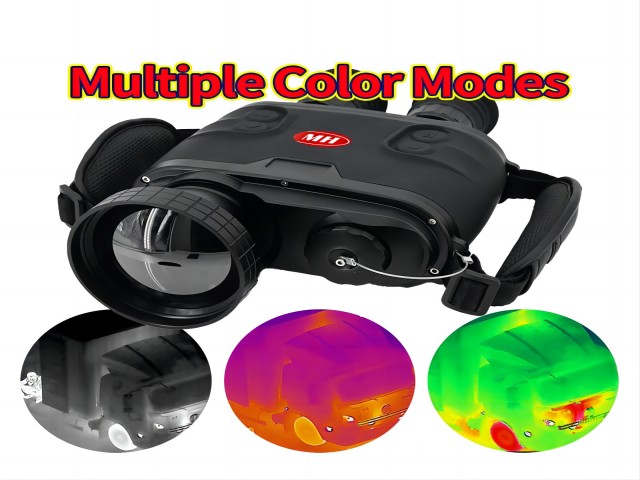
One of the primary capabilities of thermal imaging cameras is their ability to detect heat signatures. Whether in industrial settings, wildlife observation, or search and rescue operations, these cameras excel at identifying temperature differences with precision. In the industrial realm, they play a crucial role in preventive maintenance by identifying overheating components or electrical issues before they escalate into costly failures.
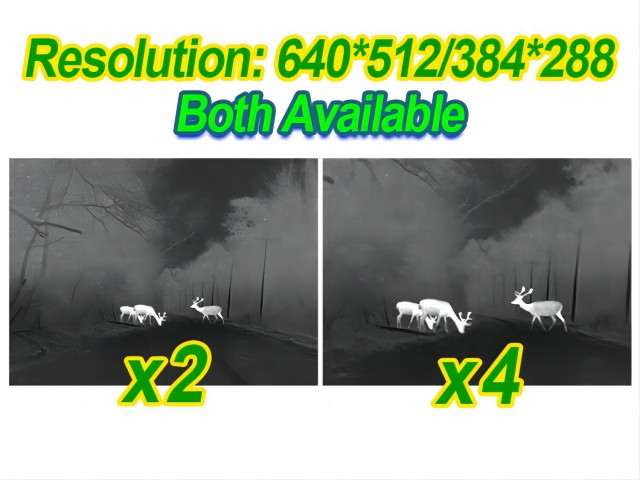
In the realm of wildlife research, thermal imaging cameras become invaluable tools for biologists and conservationists. Tracking elusive nocturnal creatures or monitoring migration patterns becomes a more manageable task when equipped with these cameras. Their ability to detect heat in low-light conditions provides a non-intrusive means of observing animals without disrupting their natural behavior.
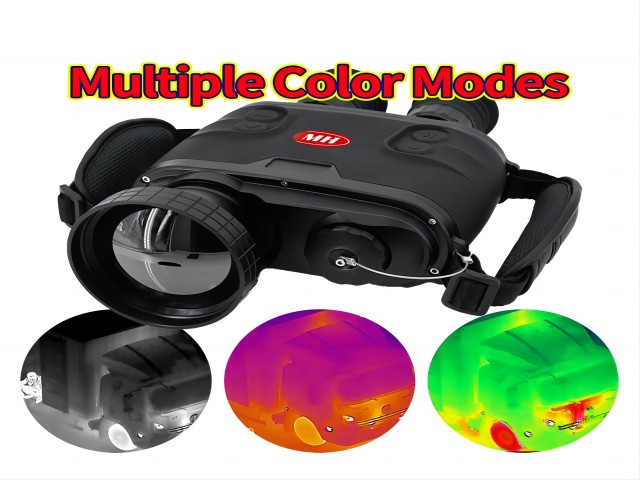
Search and rescue missions benefit greatly from thermal imaging technology, especially in challenging environments. Whether locating a lost hiker in dense forests or a survivor in the aftermath of a natural disaster, these cameras can swiftly identify body heat against the cooler surroundings, increasing the chances of a successful rescue.
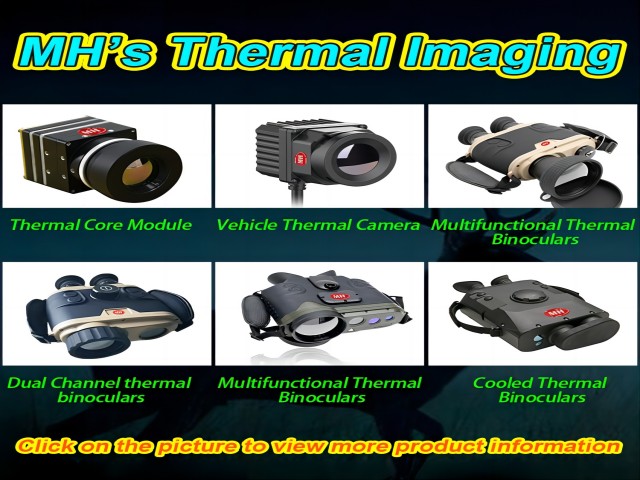
Moreover, thermal imaging cameras are indispensable in the realm of building diagnostics and energy efficiency. Identifying insulation gaps, detecting water leaks, and assessing the performance of HVAC systems are just a few examples of their applications in the construction and energy sectors.
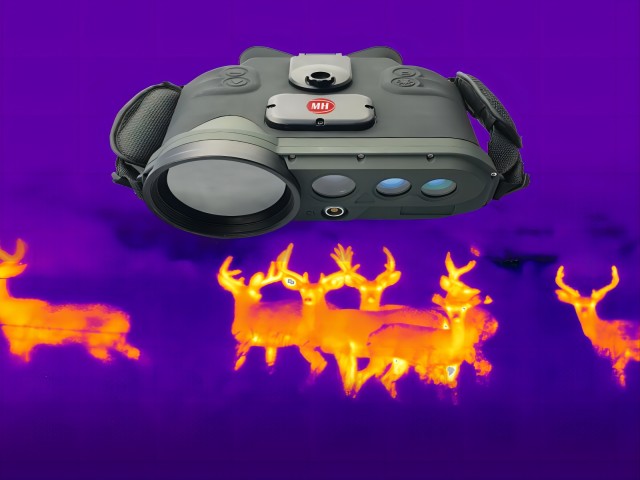
In essence, the capabilities of thermal imaging cameras extend far beyond the visible spectrum, allowing us to perceive and address a myriad of challenges across various fields. As technology continues to advance, these devices will likely become even more sophisticated, further expanding our capacity to detect and understand the invisible world of thermal variations.
Engineer Manager Name: Jacky
WhatsApp/ Wechat: 0086-187 9245 6795
Email: mh_elec@126.com or jacky@mh-elec.com
